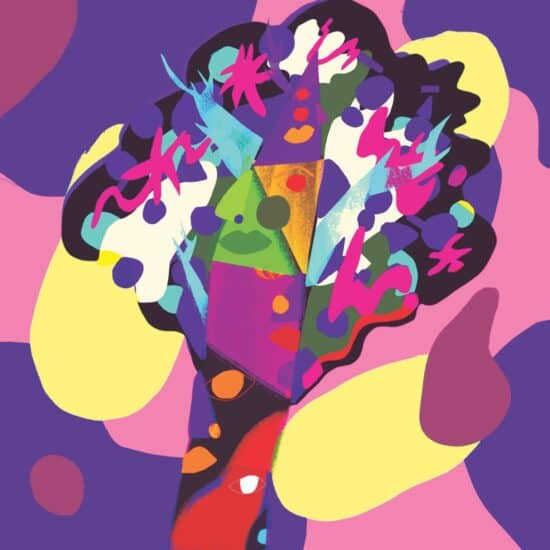By Laura Shelton
My 5th- and 6th-grade students gathered as I drew a tree on chart paper. “This tree represents a person. The branches are all different parts of who this person is. We call these identities. Everyone has many identities that make up who they are.” I labeled some of the branches race, gender, language, ethnicity, religion, and left some blank. “What other identities might be listed on our tree?”
“What’s ethnicity?” Ashley asked. I saw a sketchbook in her lap and wondered how she had brought it to the carpet without my noticing. She was also drawing and labeling a tree — much more detailed than mine.
“Ethnicity means the country or region where someone is from, or the culture they belong to,” I answered. I added the definition to the label. “Over the next few weeks, we will learn about every identity listed here and some that aren’t on the tree yet, and we will learn about how these identities affect each other and work together to make us who we are.”
I posed my question again: “What other identities might we want to add to our tree?”
Mason raised his hand slowly, then put it down. “Mason, what are you thinking about?” I asked.
“What about people who are gay?” Mason asked quietly.
“You’re right, Mason! That is missing from our tree. We call that identity sexual orientation,” I answered as some students giggled. “Sexual orientation just means who you like or love. For example, some men love women, and we call that identity heterosexual. The prefix hetero- means different. However, the prefix homo- means the same, and some men are homosexual, meaning they love men. We also call that gay.”
Asim raised his hand, “My teacher at my other school told us we weren’t allowed to say that word at school.” Other students nodded.
I nodded: “Sometimes gay gets used as a put-down, and that’s inappropriate, but gay as an identity is valid and we need to talk about it in school so we stop using it as a put-down. We talk about all identities here because it’s important to consider what makes someone who they are as we try to understand history and the world as it is today. Look at this tree,” I said as I pointed at my drawing. “If I cover up one of the branches, I will be missing a part of who this person is and how they experience the world.”
 This lesson originally appeared in the Spring 2022 issue of Rethinking Schools.
This lesson originally appeared in the Spring 2022 issue of Rethinking Schools.
















Twitter
Google plus
LinkedIn